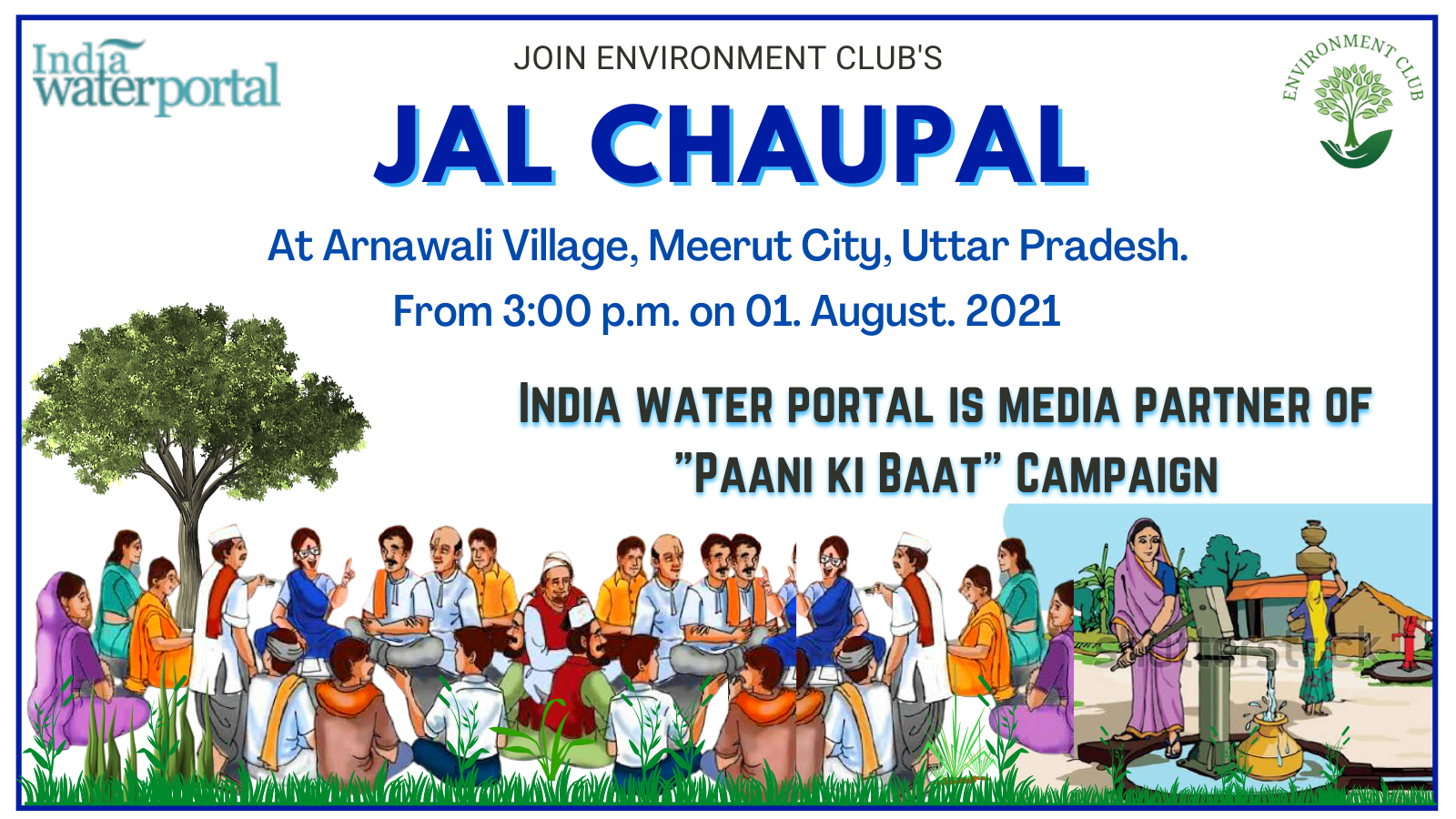Conservation - Reducing Water Usage
Managing natural resources at scale in Meghalaya
Posted on 20 May, 2021 07:38 PMMeghalaya, a small hilly state located in the North Eastern Region of India has an area of 22,429 sq. km., which is 0.68% of the country’s geographical area. The state is divided into three regions: Garo Hills, Khasi Hills and Jaintia Hills.

Join the Environment Club's Jal Chaupal at Arnawali Village, Meerut
Posted on 02 Apr, 2021 07:09 PM
About the Paani Ki Baat Campaign: The situation of the constantly falling groundwater levels is worrisome, if it is to be raised, aware
Water footprint of food and cooking fuel
Posted on 26 Mar, 2021 02:33 PMWater is a basic resource for food and fuelwood production. In general, people in rural areas of India consume carbohydrate-rich staples with small amounts of animal foods. They mostly depend upon fuelwood for cooking.

Efforts towards skilling local communities in water management
Posted on 23 Mar, 2021 12:14 PMSamerth has been working since 2000 on providing safe water to the marginalised communities in the remote areas of Rapar and Bhachau blocks of Kutch district in Gujarat.

Sheroes: A tribute to women who value water
Posted on 22 Mar, 2021 10:19 PMEvery year, March 22 is celebrated as World Water Day. The theme for this year is ‘valuing water’. This indicates the higher level of thinking that is percolating agencies like the UN.

Water governance standard and certification system – An answer to the water problems of agrarian India
Posted on 22 Mar, 2021 08:28 AMWater, belongs to everyone, managed by no one
While watching a film on WOTR’s Water Stewardship efforts, “Paani Kaarbhari – Water Stewards”, that won the Ministry of Jal Shakti's ‘Water Heroes: Share Your Stories’ contest1, we came across the wise words of a village woman who says “Water does not belong to one person, it belongs to everyone”.

Enhancing water security through responsible tourism
Posted on 18 Mar, 2021 01:24 PMManisha Shah, Arghyam, Bangalore highlights the issues related to water scarcity and quality in the tourist destinations in India and shares the work of the ForWater collaborative.

Decentralized water resources management
Posted on 18 Mar, 2021 10:30 AMDecentralization is the transfer of powers and responsibilities from the central government to the elected authorities at the subnational level.

Meandering waterways: the interconnectedness of people’s action on water availability
Posted on 09 Mar, 2021 01:21 PM“Everything is connected”. I watched a docuseries named “Connected: the hidden science of everything” where a journalist named Latif Nasser investigates how we and the universe are connected. After watching this docuseries, I thought about it and tried gathering pieces of evidence regarding this connectivity around me over the past one year.
Water: Governance challenges and suggested tools
Posted on 22 Feb, 2021 03:38 PMDahanu, an ecologically fragile area about 120 km from Mumbai, in Maharashtra’s Palghar district witnessed massive protests in 2019. Over 59 gram panchayats were opposing the land diversion to high-tech infrastructure projects.






